Press Coverage Two planets ... Two stars: Nasa detects strange new solar system : Daily Mail, August 30, 2012 Tatooine Now: NASA Finds Planet Orbiting Binary Star System : Time, August 29, 2012 Astronomers spot multiplanet system with 2 'suns': CBC News, August 29, 2012 Astronomers Find Double-Planet, Double-Star System: Wired Science, August 29, 2012 Alien planets found with twin suns like Luke Skywalker's homeworld: August 29, 2012 Kepler Space Telescope Discovers Tatooine-Like Twin Star/Twin Planet System: Slate, August 29, 2012 Double Planets Found Orbiting Twin Stars: National Geographic Daily News, August 29, 2012 NASA Finds Multiple Planets Circling Binary Star System: Forbes, August 29, 2012 Tatooine-like double-star systems can host planets: BBC News, August 29, 2012 Astrophile: Two planets with two suns up odds for life: New Scientist, August 29, 2012 'Star Wars' planetary system found: ABC Science, August 29, 2012 In a first, astronomers see two planets orbiting binary stars: LA Times, August 28, 2012 Exoplanet pair orbits two stars: Science News, August 28, 2012 How 'Tatooine' Planets Orbit Twin Stars of Kepler-47: Space.
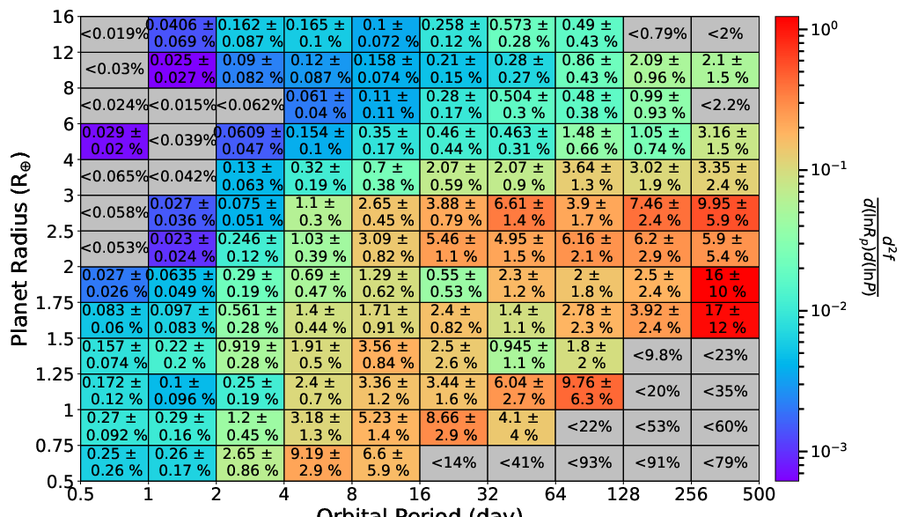
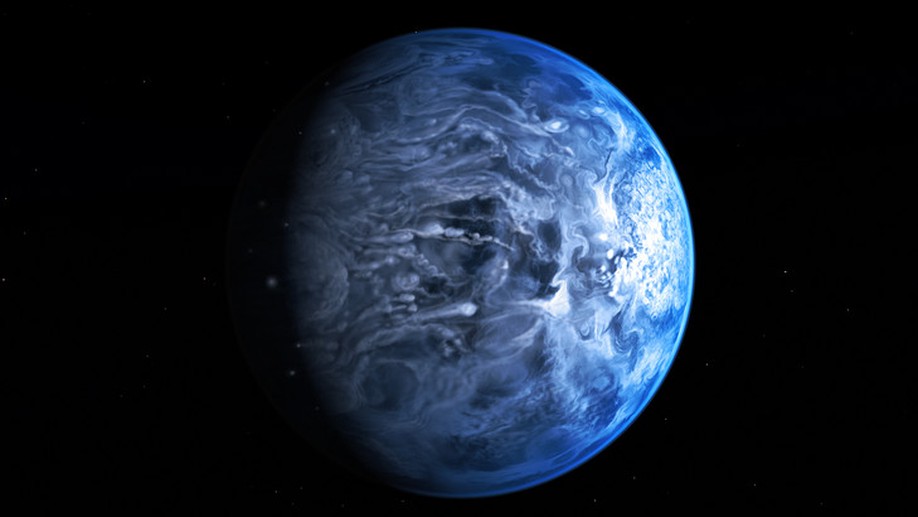

![[ An illustration of the orbital distances and relative sizes of the four innermost planets known to orbit the star 55 Cancri A (bottom) in comparison with planets in own inner Solar System (top). Both Jupiter and the Jupiter-mass planet 55 Cancri d are outside this picture, orbiting their host star with a distance of nearly 5 astronomical units (au), where one au is equal to the average between earth and sun. Credit: Center for Exoplanets Habitable Worlds, Penn State University ]](../../img/outreach_files/image_preview(1))
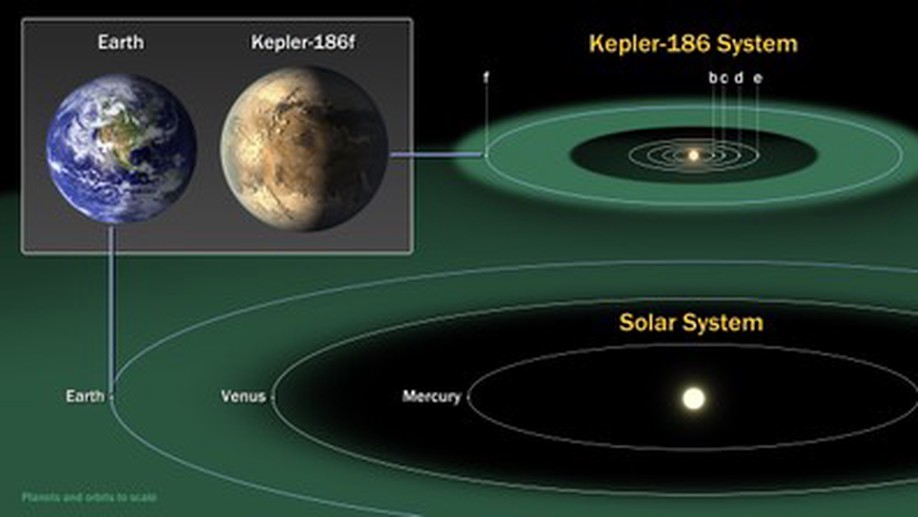
![[ Planets and orbits releative to solar system. Image credit: NASA Ames/JPL-Caltech ]](../../img/outreach_files/742666main_Kepler-62-Diagram_lg_full.jpg)

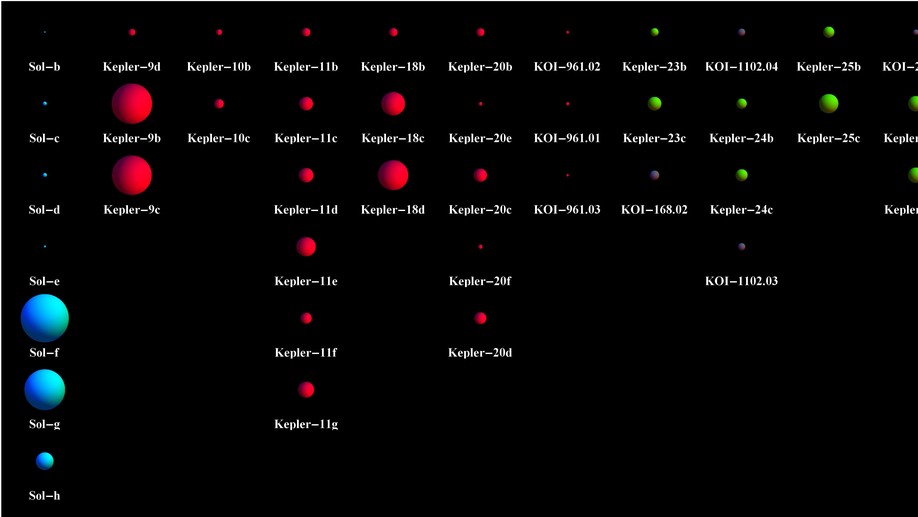


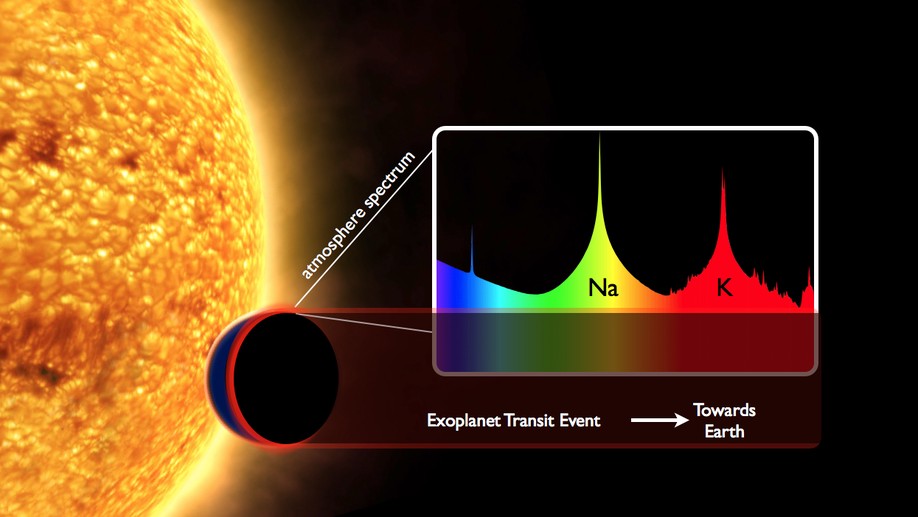
![[Picture NVIDIA Tesla Fermi GPU Card ]](../../img/outreach_files/Tesla_Fermi.jpg)